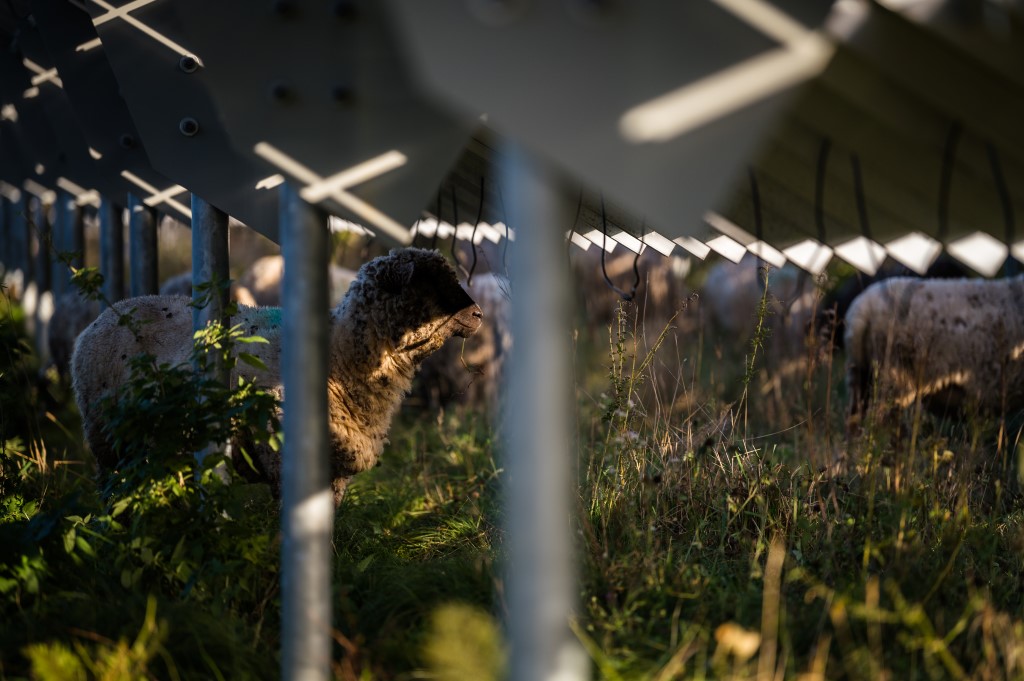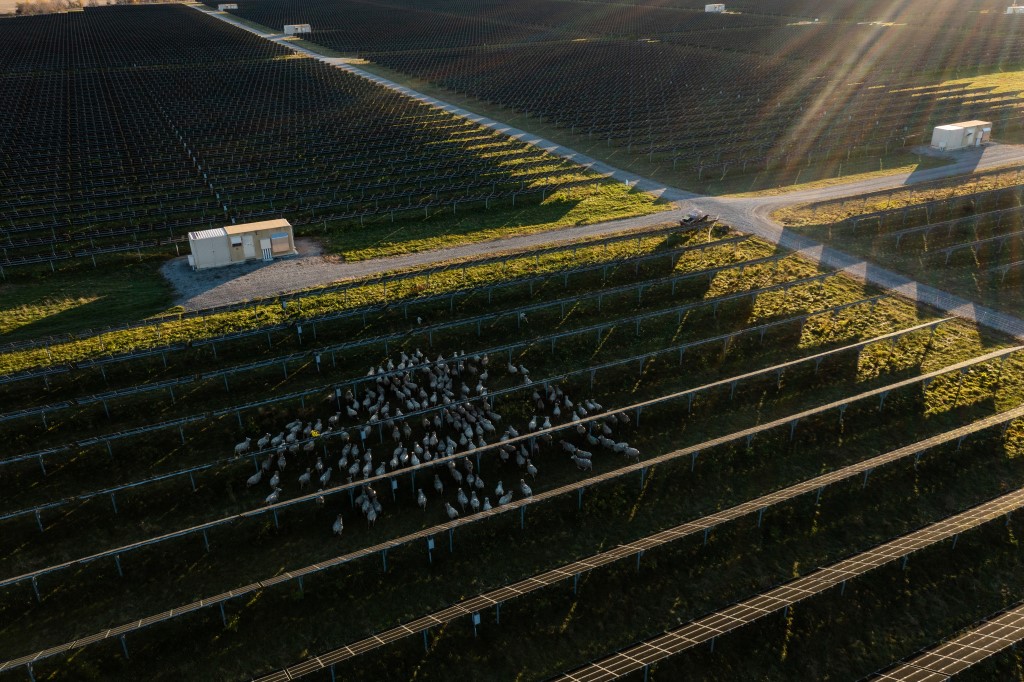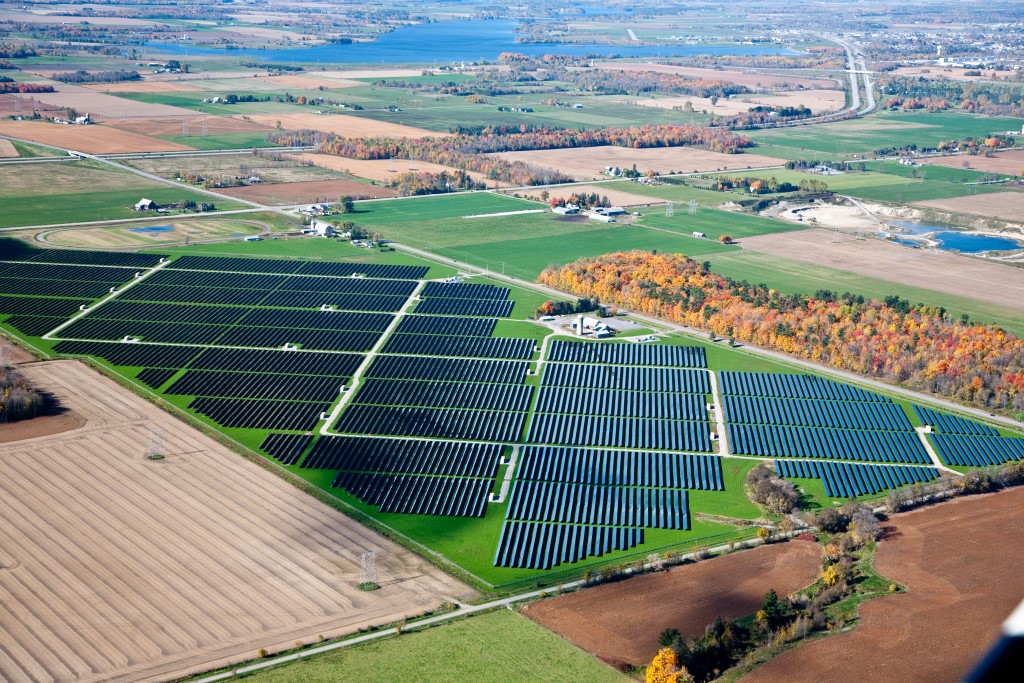
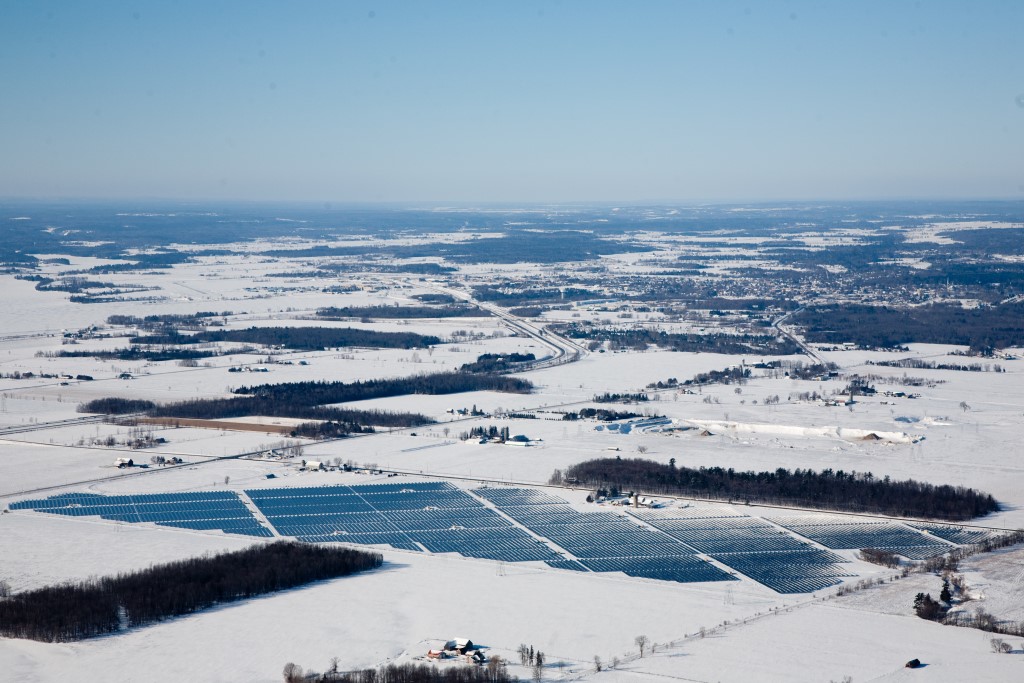
EDF Renewables (EDFR) has dedicated its efforts for over 35 years to create a sustainable energy economy. They have developed nearly 24 GW and continue to manage nearly 13 GW of wind and solar energy generating projects in North America. Among these renewable energy sites is the Arnprior solar project located in Ottawa, Ontario, Canada. Arnprior is a 23.4MW array that sits on nearly 180 acres and provides enough power to meet the peak energy demands of around 7000 homes. When completed in 2009 the array doubled the solar PV energy generating capacity of the entire country of Canada. Six years after construction was completed, one of the landowners, Diane Egan, expressed an interest to EDFR on how the site would be returned to agricultural land after decommissioning.
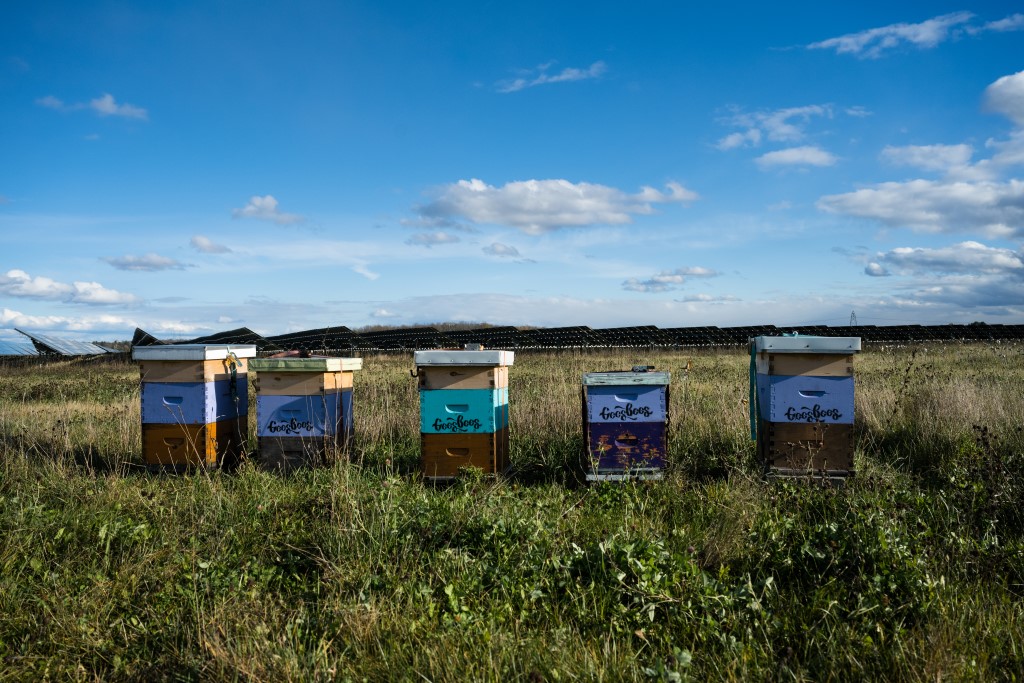
In 2015, the asset management team at EDFR started by curtailing the use of herbicides and pesticides, but they didn’t stop there on biodiverse and environmental projects at the site. By 2016, with all of the news coverage of decreasing bee populations, the team reached out to Marianne and Matt Gee of Gees Bees Honey Company to install hives at Arnprior. They started by installing two hives at the site that produced nearly 100 jars of honey per year. In 2022, there are now five hives that produce over 300 jars of honey annually.

In July of 2017, EDFR was awarded by the Government of Canada to provide a complete habitat for the monarch butterfly. The Arnprior site was the first of any solar project in Canada to be awarded by the Habitat Stewardship Program for Species at Risk (HSP SAR). EDFR formed a partnership with Victoria Wojcik and Kathleen Law of Pollinator Partnership, the worlds largest pollinator focused non-profit organization, to begin planting native wild flowers and milkweed. After a targeted seeding plan and professional training program, milkweed began to grow and thrive. Milkweed is the exclusive host plant that monarch larvae feed on. Within only one month of the award the larvae and iconic butterflies began to appear.
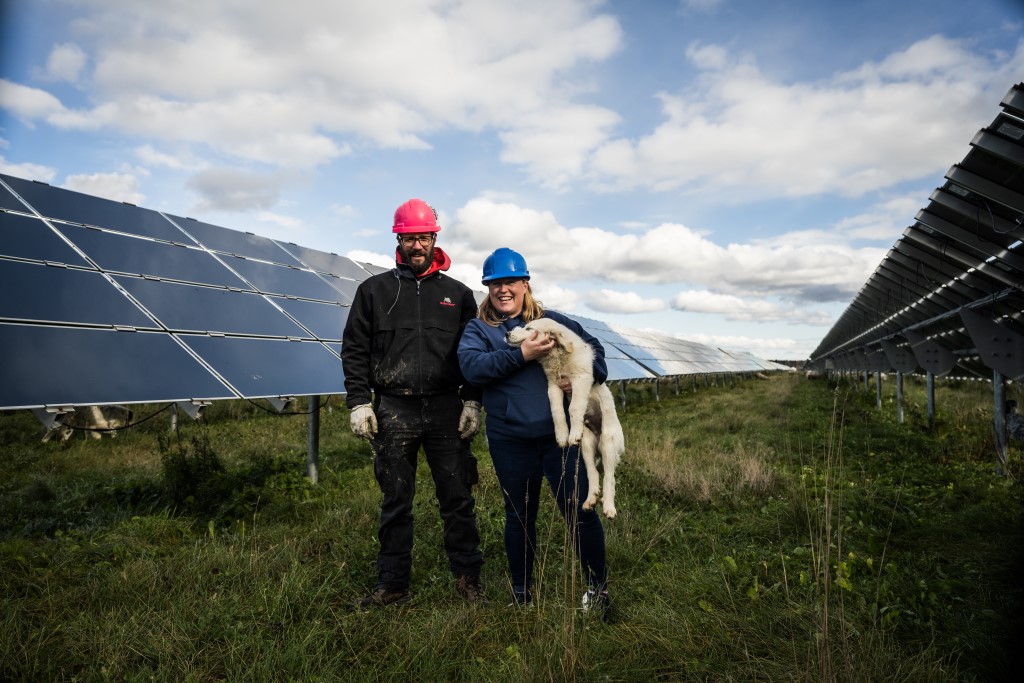
Furthermore in 2017, the Arnprior site launched a pilot program to use sheep grazing for vegetation management. Chris Moore and partner Lyndsey Smith of Shady Creek Lamb Company brought 50 ewes to manage the growth of the vegetation around the panels. EDFR found that not only did sheep grazing the vegetation under the solar panels align with vegetation management needs, but it also provided a mutually beneficial and effective solution for local sheep farmers interested in expanding their flock without having to buy or rent additional land. Shady Creek Lamb Co. now had an opportunity to be paid for grazing. Now in 2022, after lambing on-site, 500 sheep can be seen roaming around from spring to fall. Shady Creek Lamb Co. has benefitted from dual-use by having access to additional land allowing them to expand their flock, grow their business and produce grass fed free range lamb and fiber for local markets.
Overall, the implementation of apiaries, monarch habitats and sheep grazing at the Arnprior site help to conserve farmland and promote healthy ecosystem biodiversity. The site continues to maintain and expand the biodiversity projects exemplifying dual-use/agrivoltaics as a win-win solution for EDFR, the solar and agricultural communities and businesses being supplied by the honey, lamb, wool and electricity.
